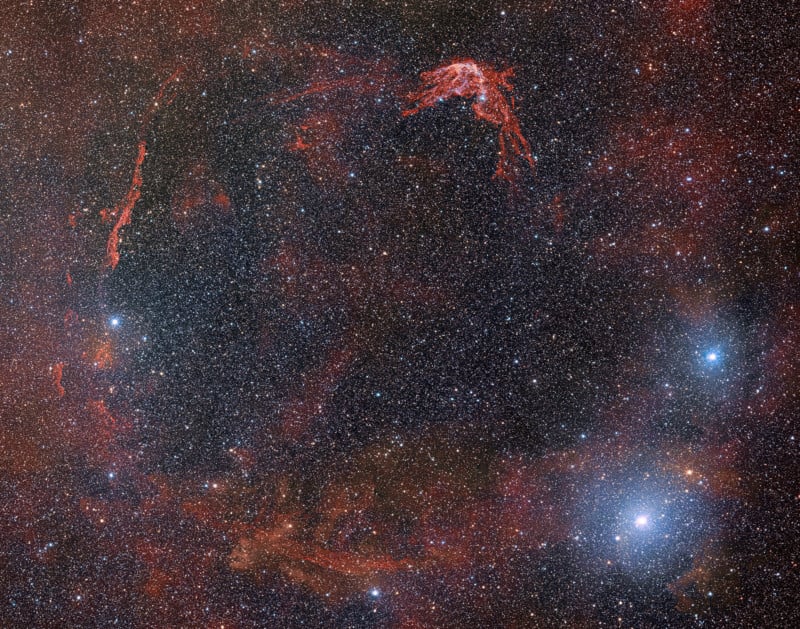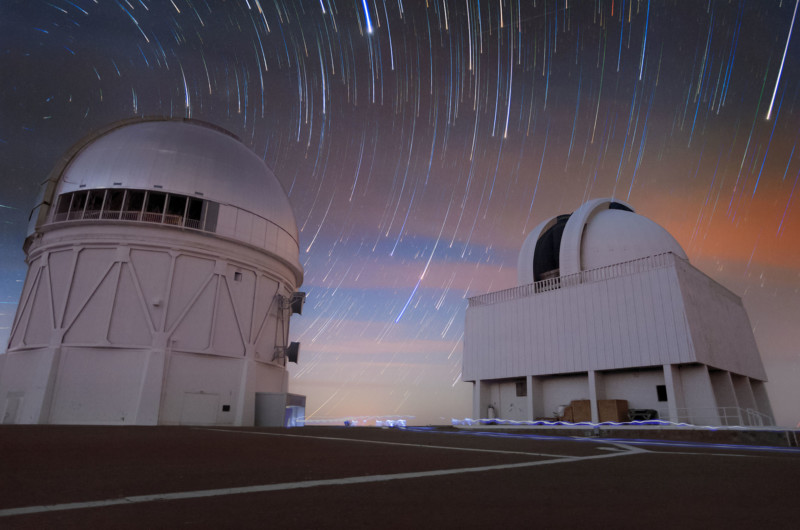Supernova First Spotted 1,800 Years Ago Captured on Telescope Camera

A supernova witnessed by Chinese astronomers in the year 185 A.D. has been captured by the Dark Energy Camera telescope.
SN 185, a white-dwarf star that exploded over 1,800 years ago, is the first-ever historically recorded supernova and now a telescope in Chile has imaged its remnants.
Around the picture is whispy threads of cloud that have exploded out of the central point, these are the glowing remains of the supernova recorded by Chinese observers in the year 185. The “guest star”, as the ancient astronomers called it, was visible to the naked eye for roughly eight months,
The supernova occurred more than 8,000 light years away in the direction of Alpha Centauri and the observation sheds light on how the remains of a supernova evolve over time.
The image was recorded by the Dark Energy Camera (DECam) mounted on the Victor M. Blanco 4-meter Telescope at the Cerro Tolololo Inter-American Observatory in Chile and covers 45 arcminutes of the sky giving a lesser-seen view of the entire supernova remnant.

“DECam’s amazing wide-field vision enabled astronomers to create this rare view of the entire supernova remnant as it is seen today,” writes NoirLab in a statement.
For decades, astronomers believed that it would take 10,000 years for a supernova that has exploded from its core to form a structure that could be observed from Earth. The visible remnants disprove that theory as it has not yet been 2,000 years since SN 185 violently exploded.
The new image released by NoirLab allows scientists to learn more about the remnants formed. X-ray data shows large amounts of iron present which led scientists to believe that SN 185 was an explosion of a binary star system. This happens when a dense white dwarf star (like Earth’s sun) begins to siphon material from its companion star to the point of detonation. These types of supernovae are the most spectacular and would have awed skywatchers from Earth in the second century.
SN 185 swallowed the material of its companion star and high-velocity winds pushed the surrounding gas and dust outward, creating a hole in the middle of the star. When the white dwarf could not support any more mass from the companion star, it dramatically exploded. The previously-formed cavity meant the high-velocity stellar remnants expanded very quickly to create the features seen above.
Image credits:CTIO/NOIRLab/DOE/NSF/AURA.